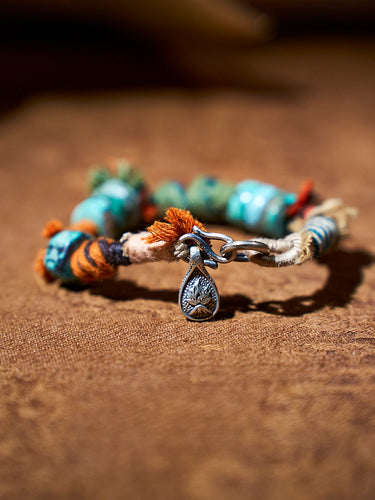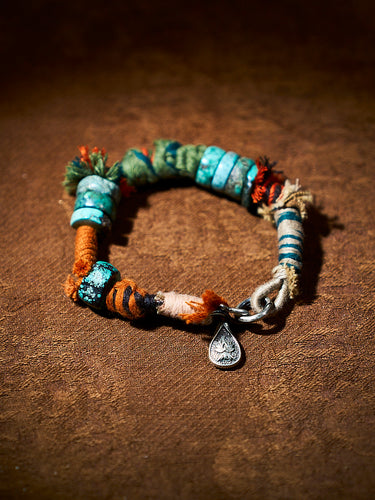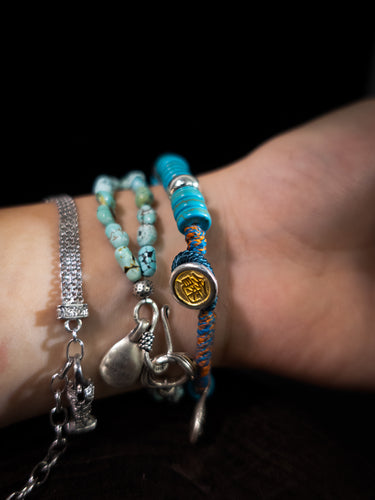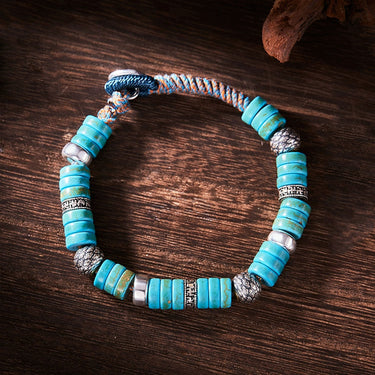
In the realm of classical oriental art, one cannot overlook the exquisite craftsmanship and timeless beauty of Cloisonné Copper Square. This magnificent art form has captivated the hearts of collectors, artists, and enthusiasts for centuries. Embark on a captivating journey through time as we unravel the intricate history and evolution of the mesmerizing Cloisonné Copper Square—a piece that transcends its physicality to become a testament to the enduring artistry of cloisonné.Its intricate design, vibrant colors, and meticulous attention to detail have made it a cherished treasure in the world of oriental aesthetics. Join us on a journey through the history and evolution of Cloisonné Copper Square, and discover the secrets behind its enduring allure.
Ancient Origins of Cloisonné Copper Square
The art of Cloisonné Copper Square has a rich and fascinating history that dates back to ancient China. Its origins can be traced to the Ming Dynasty (1368-1644), a period known for its cultural and artistic achievements. During this time, the technique of cloisonné enameling reached its zenith, giving birth to the exquisite art form that we know today.Cloisonné Copper Square is created through a meticulous process that requires great skill and precision. It begins with a copper base, which serves as the canvas for the artwork. Thin metal wires are then carefully soldered onto the copper base, forming intricate patterns and compartments known as cloisons. These cloisons create distinct cells that are later filled with vibrant enamel. The enamel used in Cloisonné Copper Square is made by grinding minerals into a fine powder and mixing them with a binding agent. These minerals include oxides of various metals, such as copper, cobalt, and iron, which produce a wide range of colors when fired. The use of different minerals and pigments allows artisans to achieve a stunning array of hues, from deep blues and vibrant greens to rich reds and shimmering golds.The art form gained popularity during the Ming Dynasty, with the imperial court and wealthy elites commissioning elaborate pieces to showcase their status and taste. The vibrant colors, intricate designs, and meticulous craftsmanship of Cloisonné Copper Square made it a highly prized possession. It was not only admired for its aesthetic appeal but also revered for its symbolic meaning.The patterns and motifs depicted in Cloisonné Copper Square often draw inspiration from nature, mythical creatures, and auspicious symbols. For example, dragons, phoenixes, and lotus flowers are commonly featured, each carrying its own symbolic significance. Dragons symbolize power and good fortune, while phoenixes represent beauty and rebirth. Lotus flowers are associated with purity and enlightenment. These intricate designs not only added visual interest but also conveyed deeper meanings and aspirations.Cloisonné Copper Square was not only confined to decorative objects but also found its way into religious artifacts and imperial regalia. It became a medium through which the rich cultural heritage of China was expressed and preserved. The art form flourished during the Qing Dynasty (1644-1912), reaching new heights of sophistication and refinement. Skilled artisans experimented with new color palettes, introduced more intricate designs, and refined the techniques involved in the creation of Cloisonné Copper Square.
The Evolution of Cloisonné Copper Square
Over the centuries, the technique of Cloisonné Copper Square evolved and refined, incorporating influences from different dynasties and regions. During the Qing Dynasty (1644-1912), the art form reached new heights of sophistication and became highly sought after by the imperial court. Skilled artisans experimented with new color palettes, intricate designs, and novel techniques to create masterpieces that showcased the richness of Chinese culture. While Cloisonné Copper Square has a rich historical heritage, it has also experienced periods of decline and revival. In the early 20th century, the art form faced challenges as traditional craftsmanship gave way to industrialization. However, a renewed interest in traditional arts and crafts emerged during the Cultural Revolution (1966-1976), leading to a revival of Cloisonné Copper Square. Today, contemporary artists and craftsmen continue to explore the possibilities of this ancient technique, blending traditional methods with modern innovations. To fully appreciate the beauty and craftsmanship of Cloisonné Copper Square, one must observe its intricate details up close. The vibrant colors, delicate wirework, and smooth enamel surface all contribute to its allure. It is a testament to the skill and dedication of the artisans who spend countless hours perfecting their craft. Whether displayed as a standalone piece or incorporated into functional objects such as vases, bowls, or jewelry, Cloisonné Copper Square adds a touch of elegance and sophistication to any space. To fully appreciate the beauty and craftsmanship of Cloisonné Copper Square, one must observe its intricate details up close. The vibrant colors, delicate wirework, and smooth enamel surface all contribute to its allure. It is a testament to the skill and dedication of the artisans who spend countless hours perfecting their craft. Whether displayed as a standalone piece or incorporated into functional objects such as vases, bowls, or jewelry, Cloisonné Copper Square adds a touch of elegance and sophistication to any space.
Symbolism and Meaning of Cloisonné Copper Square
Cloisonné Copper Square is not only revered for its intricate craftsmanship and vibrant colors but also for the deep symbolism and meaning it carries. Each design, pattern, and motif depicted in Cloisonné Copper Square holds significance and conveys a story. Let's delve into the world of symbolism and explore the meaning behind this captivating art form. One of the most prominent themes in Cloisonné Copper Square is nature. The art form often features depictions of flowers, birds, animals, and landscapes. These designs are not merely decorative but hold symbolic meanings rooted in Chinese culture and beliefs. For example, the lotus flower represents purity, enlightenment, and spiritual growth. It is a symbol of beauty that emerges from the muddy waters, reminding us to strive for inner harmony and enlightenment. Cloisonné Copper Square frequently incorporates mythical creatures such as dragons and phoenixes. These creatures hold great significance in Chinese mythology and symbolize various virtues and qualities. Dragons are revered as symbols of power, strength, and good fortune. They are believed to bring protection, prosperity, and success. The phoenix, on the other hand, represents beauty, rebirth, and renewal. It is associated with the feminine energy and embodies grace and elegance. Cloisonné Copper Square often features auspicious symbols that are believed to bring luck, prosperity, and protection. These symbols can include the Eight Immortals, the Double Happiness character, the Chinese character for "fu" (meaning good fortune or luck), and the endless knot. These symbols are carefully incorporated into the designs to enhance their positive impact and to bring blessings to the owner.
In conclusion, the history and evolution of Cloisonné Copper Square are a testament to the enduring appeal of classical oriental art. To possess such a square is to hold a tangible link to the elegance of a bygone era. It is an invitation to immerse oneself in a visual dialogue that transcends time—a dialogue where every wire, every hue, and every pattern becomes a conduit to ancient wisdom and cultural richness. In the contemplation of Cloisonné Copper Square, art becomes more than a visual delight; it becomes a portal to a cultural heritage that continues to resonate through the ages. From its ancient origins in China to its revival and modern adaptations, this art form has stood the test of time. Its intricate craftsmanship, vibrant colors, and symbolic meaning continue to captivate the hearts of art lovers around the world. As you delve into the world of Cloisonné Copper Square, let Oriental Aesthetics be your companion on this journey of discovery.





























